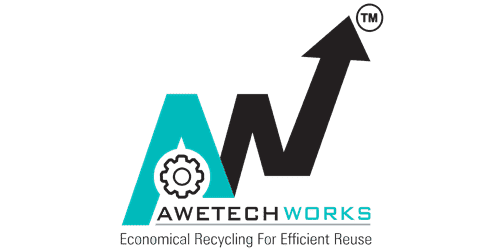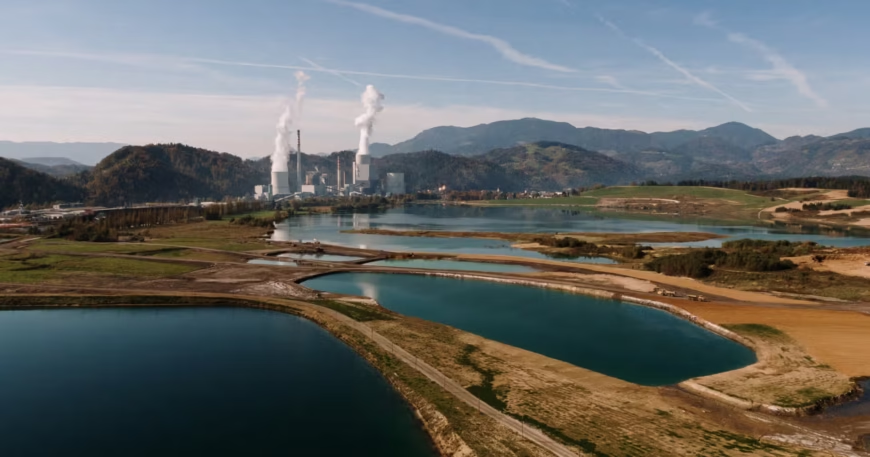Water is a critical resource in the automobile industry, used in various processes such as cooling, painting, surface treatment, and cleaning. However, with increasing environmental concerns and water scarcity, automotive manufacturers are adopting sustainable water management practices to reduce consumption, enhance reuse, and improve overall efficiency.
Water Consumption in the Automobile Industry
The automobile industry is a significant consumer of water, using it in multiple stages of production, including:
- Vehicle Manufacturing: Water is used for cooling machinery, lubrication, and general maintenance.
- Surface Treatment and Painting: Large volumes of water are required for surface cleaning, degreasing, and painting processes.
- Component Manufacturing: Various components such as engines, transmissions, and body panels require water for cooling and machining operations.
- Testing and Quality Control: Water is used in leak testing, performance testing, and final vehicle inspection.
Challenges in Water Management
Despite its importance, water use in the automobile industry presents several challenges:
- High Water Consumption: Manufacturing a single car can consume thousands of litters of water.
- Wastewater Generation: Automotive plants produce wastewater containing heavy metals, oils, solvents, and other contaminants.
- Environmental Regulations: Strict environmental laws require industries to manage water use efficiently and treat wastewater properly.
Water Reuse Strategies in the Automobile Industry
To address these challenges, many automakers are implementing innovative water reuse and recycling strategies, such as:
1. Advanced Filtration and Treatment Systems : Modern wastewater treatment technologies, such as reverse osmosis, ultrafiltration, and biological treatment, allow for the purification and reuse of water. These systems help remove pollutants and enable closed-loop water recycling.
2. Rainwater Harvesting : Many automotive plants are incorporating rainwater harvesting systems to reduce dependence on freshwater sources. Captured rainwater can be used for cooling systems, irrigation, and general cleaning processes.
3. Zero Liquid Discharge (ZLD) Systems : Some manufacturers are adopting ZLD systems, which ensure that all wastewater is treated and reused within the facility, leaving no discharge into the environment.
4. Water-efficient Equipment and Processes : Automakers are investing in water-efficient technologies, such as dry painting techniques, waterless cleaning methods, and optimized cooling systems to minimize water wastage.
5. Employee Awareness and Training : Promoting water conservation awareness among employees and encouraging responsible water use within the industry plays a key role in achieving sustainability goals.
Benefits of Water Reuse in the Automobile Industry
By adopting sustainable water use and reuse strategies, the automotive industry can experience several benefits:
- Reduced Operational Costs: Recycling and reusing water can significantly cut down water procurement and wastewater treatment expenses.
- Environmental Sustainability: Decreasing water consumption and minimizing wastewater discharge help protect natural water bodies and reduce environmental impact.
- Regulatory Compliance: Implementing water conservation measures ensures compliance with government regulations and avoids penalties.
- Enhanced Corporate Image: Automakers that focus on sustainable water management gain a competitive advantage by demonstrating environmental responsibility.
Conclusion
Water conservation and reuse are vital for the sustainable growth of the automobile industry. By adopting advanced water management strategies, automakers can reduce consumption, lower costs, and minimize environmental impact while contributing to a more sustainable future. As technology and awareness evolve, the industry’s commitment to water sustainability will play a crucial role in shaping its long-term success.





